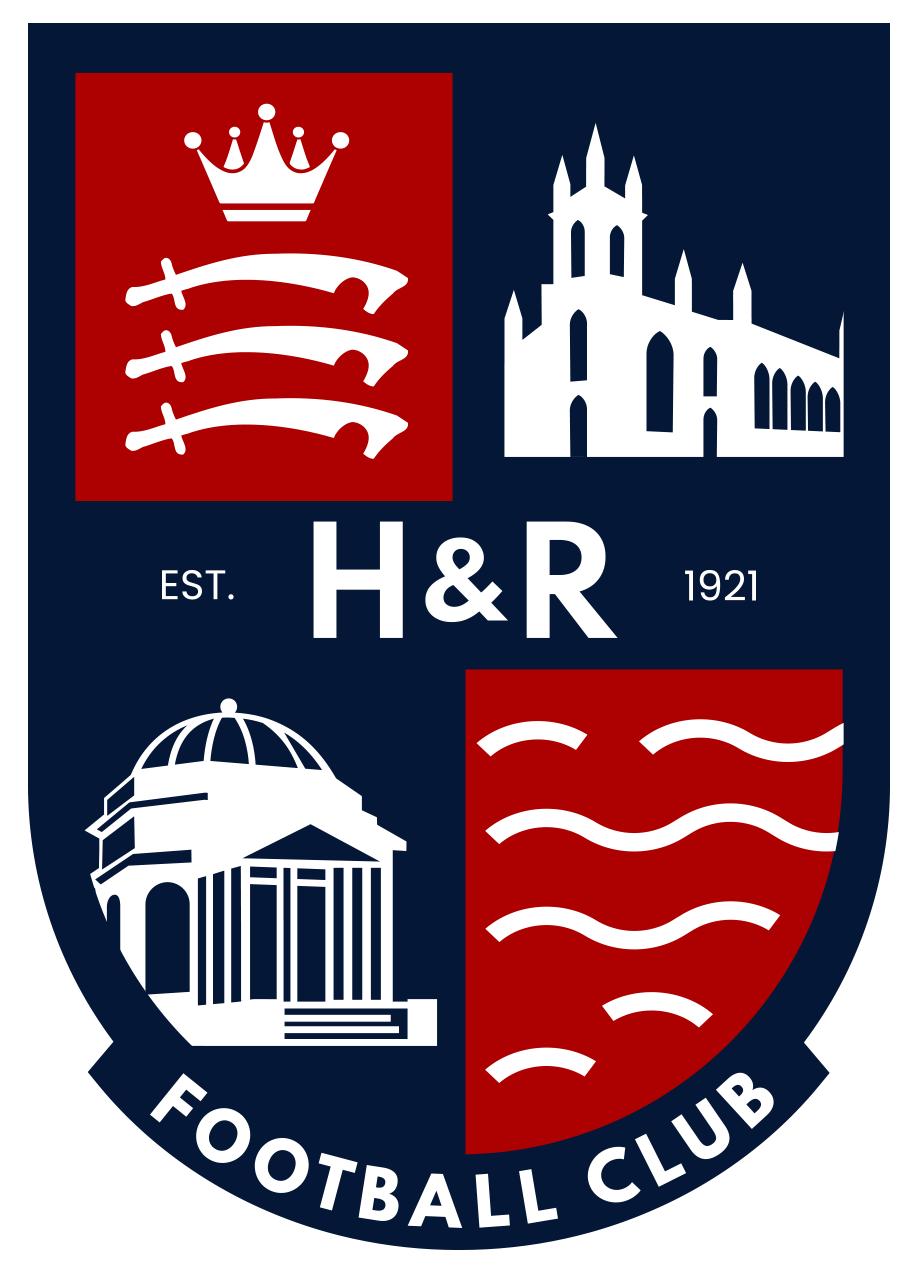HAMPTON, AROUND AND ABOUT
Things you may not know, or didn’t know you knew!
No 11 THE BOXER
In the clearing stands a boxer
And a fighter by his trade (Simon & Garfunkel)
It is 30th October 1816, and at The Old Bailey, in the Dock stands Edward Thomas accused of murdering John Curtis.
On the 22nd October spectators had turned up on Molesey Hurst (across the river from St Marys Church) to see an organised boxing match. The contest started at about 1.30 pm, Curtis entered the ring with his Second, followed by Turner, with his Second. The two boxers fought for an hour and twenty minutes. The contest was brought to an end with the exhausted Curtis unable to continue. Curtis was conveyed across the river to the Red Lion Pub, by his supporters, where he subsequently died.
A number of witnesses were called to give evidence about the events of the day.
Richard Coombe was asked if Turner had taken any unfair advantage of Curtis. Coombe responded that it had been a fair fight and that on several occasions Turner had held back from striking Curtis. Coombe went on to say that at the end of the one round he had tried to get Curtis to concede the fight, but he refused to do so and the match went on. The contest lasted between 50 & 60 rounds. Coombe confirmed that he was present when Curtis died at around midnight.
Next was called, John Griffin a surgeon in Hampton. He stated that he had been called to attend Curtis at the Red Lion sometime between 7 and 8pm. Griffin spent twenty minutes with Curtis and observed bruising around the body and head much as expected following a fight. Griffin said that Curtis was insensible, could not swallow and he determined that he was likely to die, which he did some four hours later.
In his defence, Turner stated that he had been persuaded to take part in the fight against Curtis, who was a prize fighter. Very soon he realised that he was a superior boxer to the deceased and in modern parlance ‘only did as much as he had to do, in order to win’. Turner expressed contrition for the sad outcome of the contest and appreciated the seriousness of his own position.
The Coroner addressed the Jury, saying that it was their duty to try to prevent a recurrence of this unlawful and disgraceful practice.
The verdict was Manslaughter, and Turner was jailed for 1 month and fined 1 shilling.
Prize fighting was a popular sport in the early 19th century and would take place at unregulated places. Molesey Hurst was a popular venue as it could be easily reached by boat, but was also somewhat secluded. Fights were attended by all levels of society, especially the upper classes, the contestants were often working class or immigrants. Betting was encouraged. Following the introduction of an official police force in 1829, there came enforcement of laws against prize fighting.
In 1867 the Marquess of Queensbury Rules, governing modern day boxing came into effect.
The Old Historian
External Links:
www.hrbfc.co.uk - Official website
www.hrbfc.live - Streaming & donations
www.hrbfc.net - Unofficial fans forum
www.hrbfc.org - Archive 1959-2017
- Unofficial forum for supporters of Hampton & Richmond Borough FC
- All times are UTC+01:00
- Delete cookies
- Privacy
- Terms
- Contact us
Powered by phpBB™ • Design by PlanetStyles
